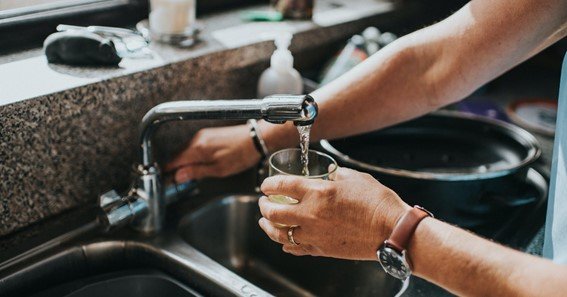PFAS stands for per- and polyfluoroalkyl substances; these are commonly found in the drinking water we consume daily. Moreover, PFAS are synthetic chemicals used in several other industries, like they are involved in making carpets, a constituent of firefighting foams, clothing, packaging of food products, and more.
PFAS in toxic levels can cause significant harm to humanity. In harmful quantities, they can increase cholesterol levels in the blood, reduce the immune response to vaccines, and increase cancer risk. It makes it essential to evaluate the concentration of PFAS in the drinking water we consume. If the concentration is above the allowable limit, we should reduce the concentration. To check whether your drinking water is safe, contact the PFAS testing and treatment center.
People generally have many questions regarding PFAS; a few of the most important questions have been answered in this blog.
click here – Dorking & Godalming Letting Agents Win Gold In British Property Awards – Again!
- What is the harmful concentration of PFAS?
It is the responsibility of the liable authorities to maintain the level of PFAS below the harmful limit to avoid adverse effects of PFAS poisoning. PFAS contains two main chemicals known as perfluorooctanoic acid (PFOA) and perfluorooctanesulfonic acid(PFOS); according to the guidelines, the levels of PFOA should be less than 0.007 parts per trillion(ppt), whereas the concentration of PFOS should be below 1ppt.
- How does PFAS contaminate private water supplies?
Individuals can get exposed to PFAS differently, like food products and other consumer products. But water is the primary source of exposure to PFAS, as the source of water supply can get contaminated with PFAS. The source may get contaminated for various reasons; one such reason can be the use of firefighting foam in that area before building a water supply unit.
- How should I test my water supply for PFAS?
The easiest way to get your water checked for PFAS contamination is by taking a water sample by using the PFAS sample collection procedure and sending your water sample to the laboratories for further processing.
click here – Is It Hard To Prove A Wrongful Death?
- What treatments are available for PFAS poisoning?
Several techniques have been developed for eliminating PFAS chemicals from drinking water. These include:
- Granulated activated carbon treatment traps the PFAS chemicals into a filter. It also prevents the escaping of PFAS chemicals into the surrounding area.
- Ion exchange treatment: This method also traps PFAS chemicals into a highly effective filter.
- Reverse osmosis(RO) treatment: RO treatment involves the removal of PFAS chemicals and discharging them into a wastewater stream.

